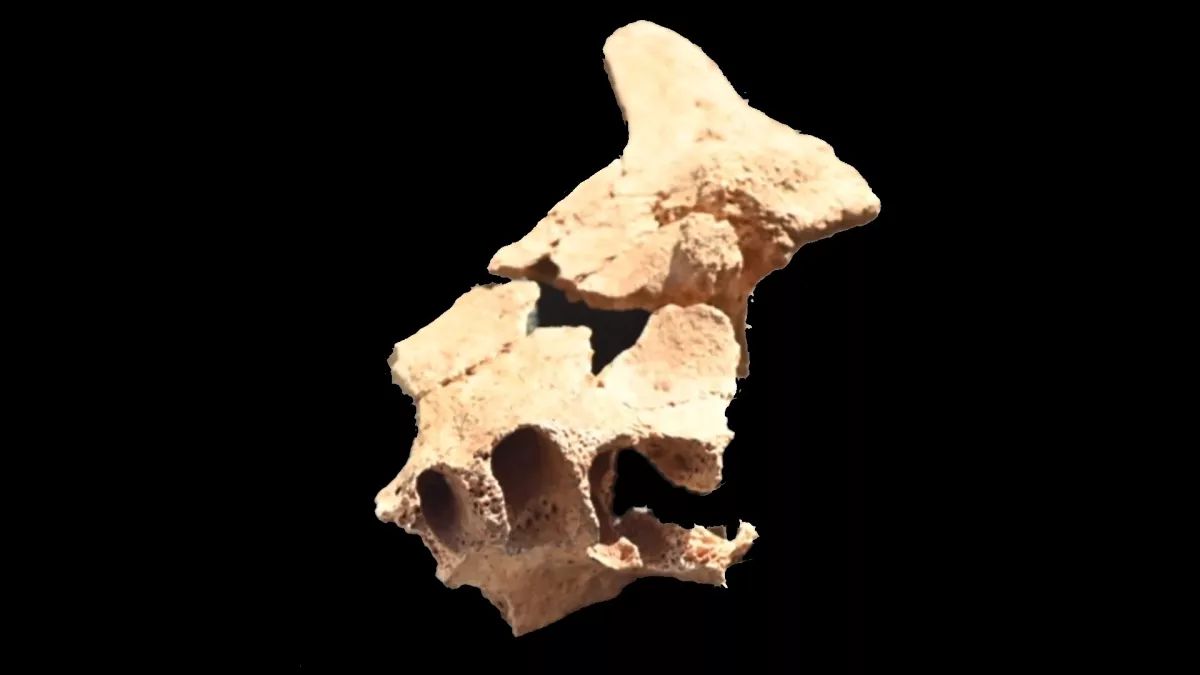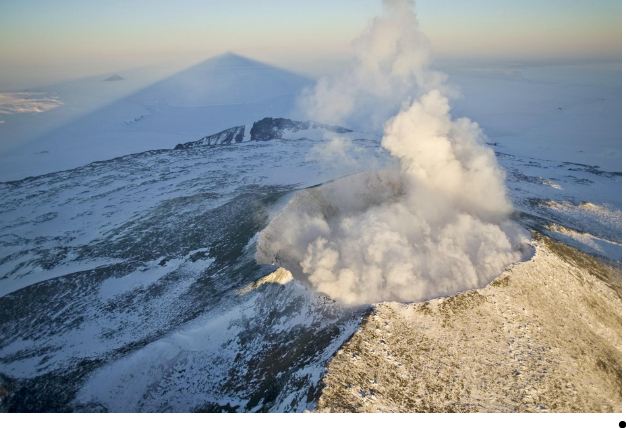An ancient upper jawbone that was found in Spain exhibits the distinctive facial characteristics of a person who may be the earliest known ancient human relative to have lived in Europe.
In June, a group of paleoanthropologists uncovered the fossil in Sima del Elefante , an ancient site in the Atapuerca Mountains near the city of Burgos in northern Spain that is famed for its extensive fossil record. Sima del Elefante translates to “Pit of the Elephant.” The researchers claimed that the fractured skull is considered to be the oldest of its type ever unearthed in Europe. It comprises a tooth and part of the top jawbone (maxilla) of a hominid that lived roughly 1.4 million years ago.
According to The Australian Museum, the term “hominid” refers to all extant and extinct members of the human and great ape family tree. This includes not only humans and our early human cousins but also chimpanzees and gorillas. The oldest known hominid remains recovered in Europe (which were found at Sima del Elefante in 2008) were estimated to have been about 1.2 million years old before this finding. According to a research that was conducted in 2012 and reported in the British Dental Journal, the discovery comprised a section of a mandible, often known as the lower jawbone, as well as many bone fragments.
Researchers were taken aback by the most recent find since they had not anticipated discovering fossils that were older than those that had previously been unearthed at the site. Édgar Téllez, a doctoral student at the National Center for Research on Human Evolution in Burgos, unearthed the upper jawbone. The discovery was made approximately 6.5 feet deeper in the topsoil than the fossils that were found in 2008.
The limited presence of dental scale, the pattern of destruction and the decreased bone density due to increased marrow spaces suggest the presence of possible periodontal disease.
Paleoanthropologists are of the opinion that the upper jawbone, much like the petrified discovery that came before it, has traits that illustrate the evolutionary structure of the human face.












Leave a Reply